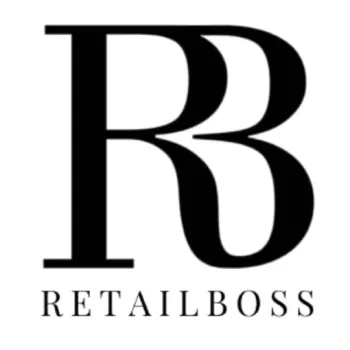Cannibalizing one’s own products is a strategic decision that depends on the specific circumstances and goals of a company. There are both advantages and disadvantages to product cannibalization, and it is essential to weigh these factors carefully before making a decision.
What is product cannibalization?
Cannibalization in retail refers to the phenomenon where a newly introduced product negatively impacts the sales and revenue of existing products within the same company’s portfolio. This occurs when the new product shares a similar customer base with the older products, leading to internal competition between the company’s offerings instead of attracting customers from external competitors.
In some cases, companies deliberately engage in product cannibalization to stay competitive, prioritize customer needs, or expand their market share. For instance, when Coca-Cola launched Coke Zero in 2006, it aimed to attract male consumers concerned about their sugar intake, even though it might have cannibalized sales of other Coca-Cola products. This competition results in the products taking market share and sales away from each other.
While product cannibalization is often seen as a negative occurrence in retail, some companies strategically use it to their advantage. By carefully planning and managing the introduction of new products, retailers can redirect demand, maximize sales, and increase profits. However, it is crucial for retailers to monitor potential triggers of cannibalization, such as pricing and marketing strategies, to avoid unintended consequences and maintain a healthy product portfolio.
Advantages of product cannibalization include:
- Innovation and staying ahead: Cannibalizing an older product with a new, improved version can help a company stay ahead of competitors and maintain its market share. As Apple founder Steve Jobs once said, “If you don’t cannibalize yourself, someone else will.”
- Reviving interest in older product lines: Introducing a new product can generate renewed interest in a company’s existing product line, potentially boosting overall sales.
- Defensive measure against competitors: Market cannibalization can be a strategic move to protect or expand a company’s market share by denying competitors the opportunity to gain ground.
Disadvantages to product cannibalization include:
- Loss of sales and net revenue: Poorly executed or unplanned product cannibalization can lead to lost sales and a decrease in net revenue for the company.
- Confusion among customers: If a company has multiple products in its line or different versions of each product, it can create confusion for customers who may not know which product is better, leading them to hesitate in making a purchase.
- Dilution of brand value: Introducing low-priced versions of premium products can dilute the value of a company’s brand, potentially harming its reputation and long-term profitability.
- Risk of market saturation: If a company ends up competing against itself by targeting the same customers with similar products, it may struggle to grow its market share.
Final Thoughts
Whether or not to cannibalize one’s own products depends on the specific situation and objectives of a company. It is crucial to conduct thorough market research, analyze potential risks and benefits, and carefully plan and execute any cannibalization strategy.
If done strategically and with caution, product cannibalization can be beneficial for a company’s growth and competitiveness. However, if executed poorly or without proper planning, it can lead to lost sales, brand dilution, and overall harm to the business.

















